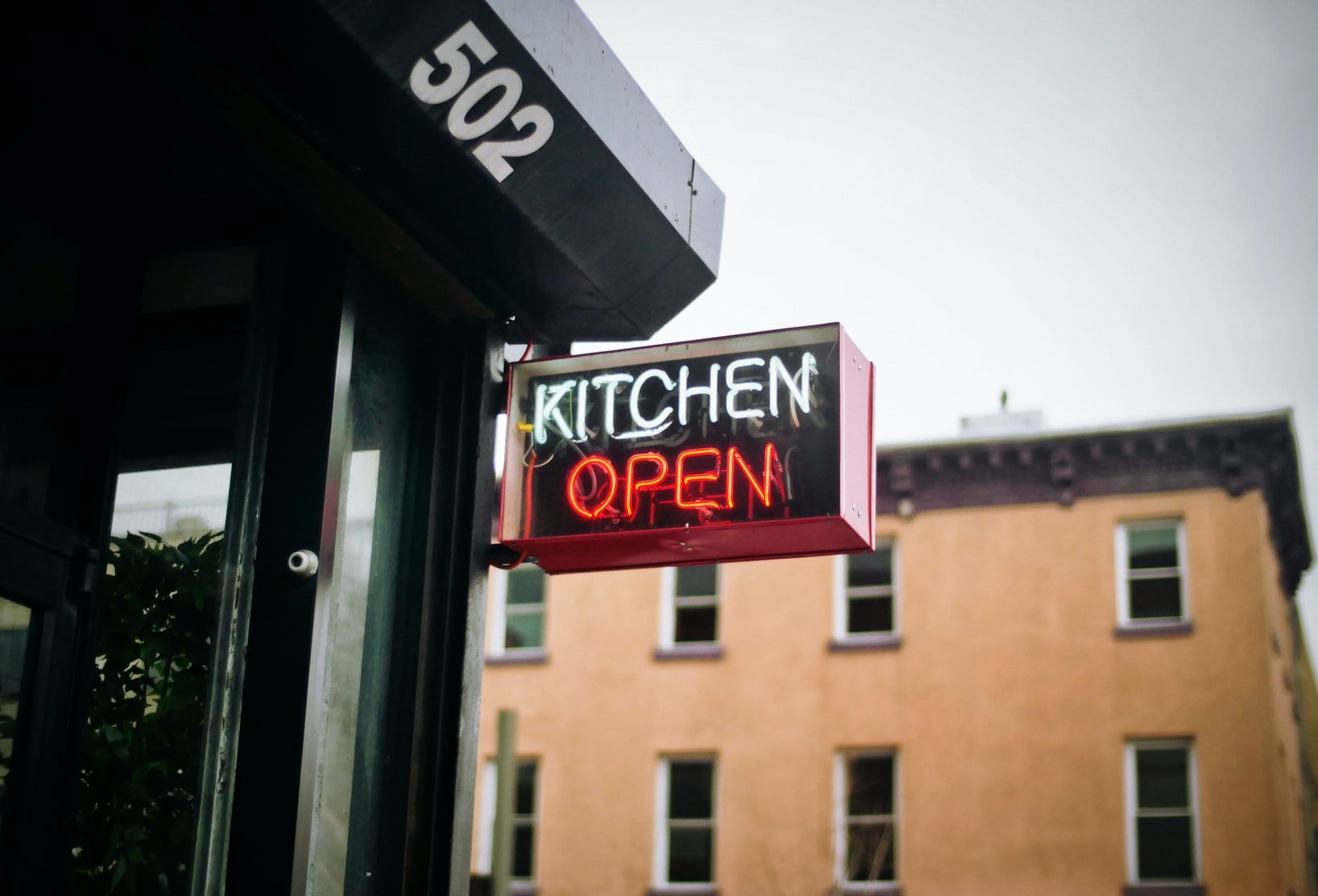Restaurant Equipment Finance 101
New restaurants and established ones share a common problem: it isn’t easy to expand your business without capital for new equipment.
If you’re not keen on running to the bank to take out another loan, you may not feel like you have any channels to grow. However, this doesn’t mean you don’t have the option to secure the necessary equipment. One avenue open to you is through restaurant equipment finance.
Whether you’re looking into restaurant equipment leases or financing, we’re going to cover when (and if) you should consider taking out restaurant equipment loans.
Restaurant Equipment Leasing vs Purchasing
A shared issue across all industries is managing the cash flow of a business and deciding how it should be used to invest in future growth. All restaurants, regardless of size, need to closely monitor this balancing act so you can have access to updated equipment without significantly impacting your capital or damaging your credit score.
When you purchase expensive equipment, you burden your company with substantial front-end costs that can severely dampen your access to cash.
However, when you lease restaurant equipment, the majority of financiers will extend 100 percent financing. This agreement will cover the total acquisition costs, not just the base figure for the unit. Delivery and installation fees, as well as any sales tax, will be included in the lease agreement. Then, your lender spreads the price across all your installments.
Advantages of Leasing Restaurant Equipment
Choosing to lease restaurant equipment provides easy access to the latest technology without taking on the burden of purchasing it outright.
Since your cash flow won’t be bogged down, you can invest your money into areas that may offer a better return on investment. By securing a loan with restaurant equipment leasing companies, you can use the freed-up capital to hire more staff, expand to new locations, or gain access to better supply lines.
Restaurant equipment financing is also 100 percent tax-deductible. According to the IRS Tax Code, when a company purchases or finances equipment, it can deduct the total price from its income during that tax year.
Through restaurant equipment finance and leasing options, you can ensure that your equipment is always up-to-date. When the leasing period ends, you can either draft up a new lease or return the equipment. This flexibility frees you up to sign a new lease on even newer equipment.
How to Apply for a Restaurant Equipment Loan
Applying for restaurant equipment loans is a straightforward process. However, you’ll want to keep a few aspects in mind when sending out applications. Follow these steps to ensure you’re making the right choices when considering restaurant equipment finance.
- Decide on what you’re looking for
Before you submit any applications, you will want to know:
- How much money you will need
- What terms you can abide by
- What equipment you want
- How much the equipment is worth
- Select a few lenders
After you’ve determined what equipment you hope to secure, you will then be able to narrow down which lenders will suit your needs. You don’t want to send out blanket applications, as these can lead to hard inquiries that will impact your credit score.
- Prepare any documentation
Different restaurant equipment leasing companies will have their own requirements for documents. As opposed to traditional financing options, equipment financing may require more documentation than you’ve previously experienced. You may be asked to provide equipment vendors’ contact information or formal quotes before you are extended a line of credit.
- Submit your application
Once you’ve selected which lender you’re willing to do business with and gathered any of the necessary documents, the next step is to submit an application. Some lenders may be able to establish a loan in as little as 24 hours.
Restaurant Equipment Financing: FAQs
Is there a difference between restaurant equipment financing and leasing?
The terms restaurant equipment financing and leasing are frequently used interchangeably. However, there is a significant difference. Through financing, you are the ultimate owner of the equipment. Through a lease agreement, you have the option to purchase the equipment when the lease expires.
The benefit of financing restaurant equipment is that the equipment counts towards your total assets, and you can usually secure better rates than through leasing. In contrast, the advantage of restaurant equipment leases is that if the equipment becomes outdated before the end of your lease, you are not required to buy.
Do I need good credit to get restaurant equipment financing?
Great credit isn’t necessary in order to get restaurant equipment financing. Unlike traditional loans, which collect the collateral on defaults, the actual equipment you purchase will act as the collateral.
Can a new restaurant secure equipment financing?
Similar to how great credit isn’t necessary to obtain restaurant equipment financing, the same principles apply to new restaurants. Since the equipment itself will act as collateral, lenders may feel that the risk of issuing out the loan is mitigated.
Need Equipment? Contact L3 Funding!
Restaurants need to continually update their equipment to stay competitive in the rapidly expanding market. Thankfully, L3 Funding offers numerous funding solutions like micro loans, secured business line of credit, and merchant funding. Contact us today to learn more.
